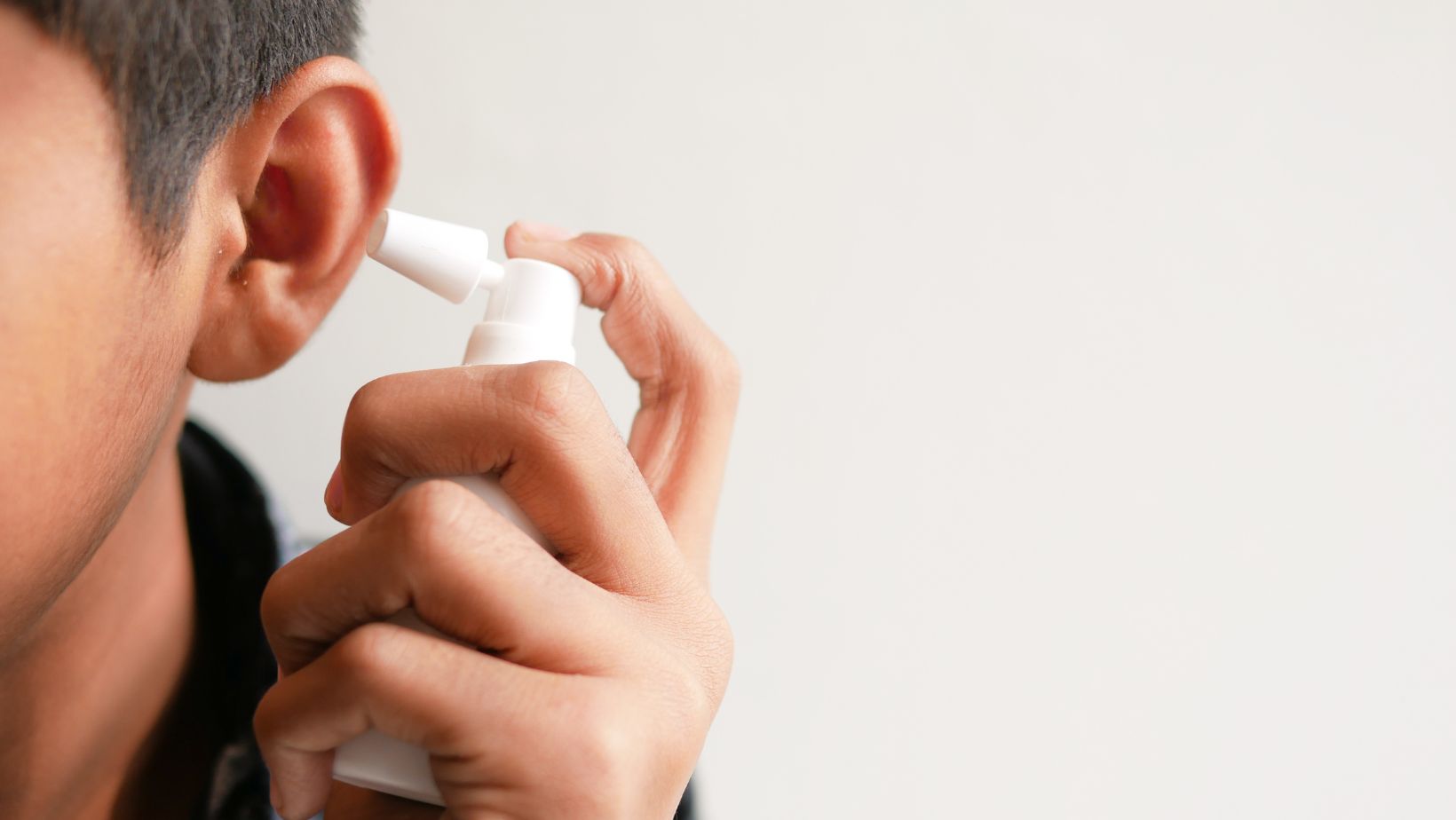Earwax might not be the most glamorous topic, but it plays an important role in keeping our ears healthy. It acts as a natural barrier, trapping dust, dirt, and bacteria to protect the delicate ear canal. Despite this, many of us tend to ignore earwax buildup until it starts causing discomfort or hearing issues. But what exactly happens if you leave that wax to accumulate without dealing with it? Let’s explore why ignoring earwax buildup can lead to some unpleasant consequences and why it’s worth paying attention to your ears.
Early Signs of Earwax Buildup
It’s not always obvious when wax is starting to cause problems, but there are some early signs to watch out for. You might feel a sense of fullness or pressure inside the ear, hear sounds a bit muffled, or notice mild discomfort or itchiness. These symptoms can be subtle but shouldn’t be ignored, as they often signal that wax is accumulating and could soon cause bigger issues.
Consequences of Ignoring Earwax Buildup
Leaving earwax untreated might seem harmless at first, but the effects can quickly become more serious:
- Hearing Loss: The most common consequence is a reduction in hearing ability. Wax can block the ear canal and muffle sounds, sometimes so much that you might find yourself asking people to repeat themselves frequently. To address this, the best thing to do is to use expert ear care services.
- Earache and Pain: As the wax builds up, it can press against the ear canal or eardrum, causing discomfort or even sharp pain.
- Tinnitus: Some people develop ringing or buzzing in the ear, known as tinnitus, which can be very distracting and is often linked to wax pressing on sensitive parts of the ear.
- Ear Infections: Excessive wax can trap moisture and create a breeding ground for bacteria and fungi, leading to painful ear infections.
- Dizziness or Balance Issues: In some cases, the blockage can affect the inner ear, which is responsible for balance, causing dizziness or a feeling of unsteadiness.
- Risk of Eardrum Damage: If the pressure from the wax becomes too great, it could even damage or perforate the eardrum, which requires medical attention.
Why Home Remedies Often Fail or Make It Worse
Many people reach for cotton buds, hairpins, or even try ear candling to clear wax at home. Unfortunately, these methods are often more harmful than helpful. Cotton buds tend to push wax deeper into the ear canal, worsening the blockage or even damaging the delicate skin inside. Ear candling has been widely discredited and can cause burns or injury. Over-the-counter ear drops can help soften wax, but they’re not a fix-all and sometimes aren’t effective for hardened or impacted wax. That’s why professional care is usually the safest bet.
When to Seek Professional Ear Wax Removal
If you notice persistent symptoms such as hearing loss, pain, or ringing in your ears, it’s time to see a specialist. People with a history of ear problems, ear surgeries, or those prone to infections should be particularly cautious. Also, if you experience sudden severe pain, discharge, or dizziness, seek medical advice promptly.

Children and older adults should always have earwax assessed by a professional rather than attempting home removal.
Scared About Earwax Removal? Ways to Get Through It
If it’s your first time getting earwax removed by a professional, you can be nervous about the appointment. You might be imagining the discomfort of the procedure or being on edge, waiting for pain. The idea of instruments going into your ear can be daunting. Unfortunately, it’s a process that you have to go through. So, it’s about finding ways to cope with the appointment and calming your nerves. Here are a few techniques that can really help you gear up for your earwax removal appointment.
Learn About the Process
You get nervous when you don’t know what’s going to happen. You don’t know what you should anticipate next, which makes you imagine the worst-case scenario. Learning about the removal process can make you feel comfortable. Thankfully, there’s a lot of information online about various techniques. You can find out in advance what the professional will be using. Then, you’re able to carry out your own research.
Ask Questions
Don’t forget that professionals are there for support. If you have questions, you can ask them ahead of the appointment. This can help to calm your nerves. Indeed, most of them are open to answering your burning questions and putting you at ease. Again, educating yourself with the facts removes unfounded, negative thoughts. Plus, you can feel like you trust the professional, which can make you more comfortable on the day.
Work on Staying Calm
In the lead-up to your appointment, it’s important to keep yourself calm and avoid your thoughts running away from you. Therefore, plan your day before the appointment, making sure you’re doing things you enjoy. They should also keep your mind busy and distract you. This avoids building up anxiety.
Conclusion
Ignoring earwax buildup might seem harmless, but it can quickly lead to hearing issues, pain, infections, and other complications. It’s important to recognise the early signs and understand that home remedies often do more harm than good. When in doubt, professional earwax removal is the safest and most effective option to protect your hearing and ear health. So don’t wait for discomfort to escalate—look after your ears and seek expert advice when needed.
